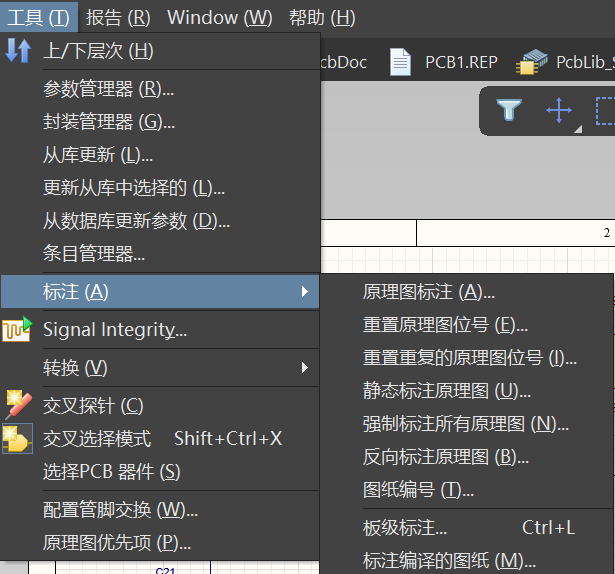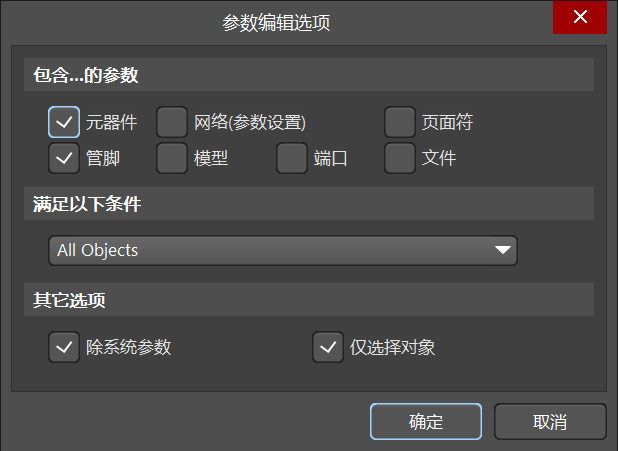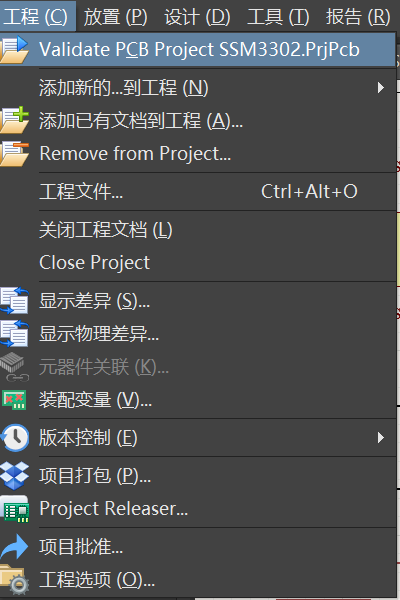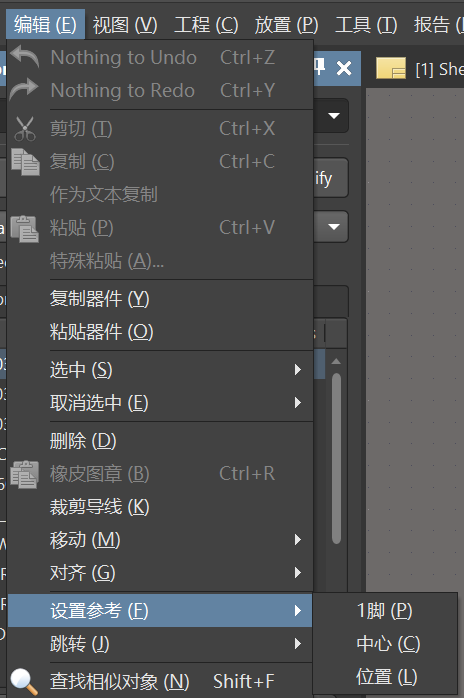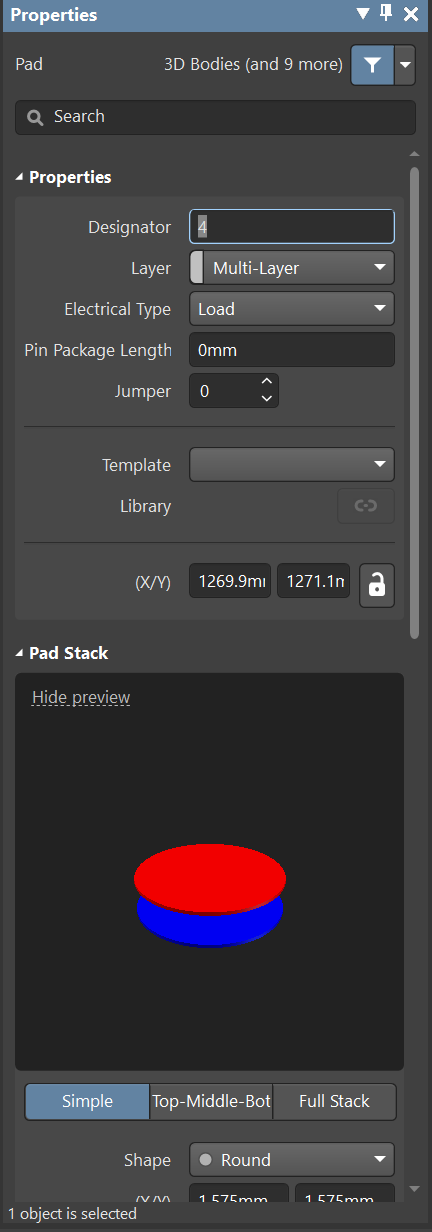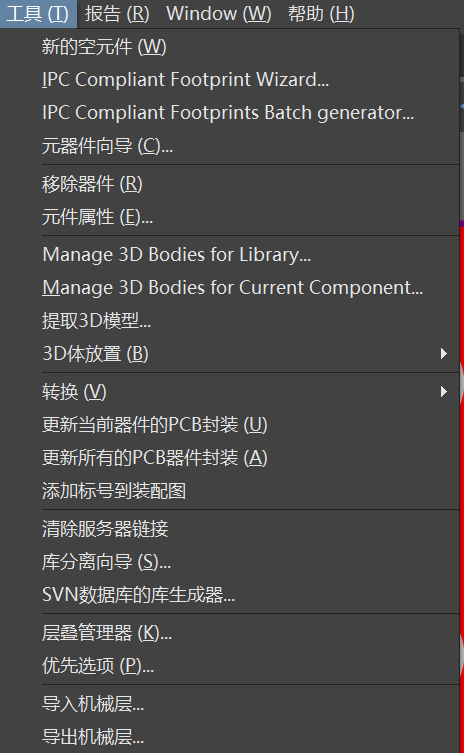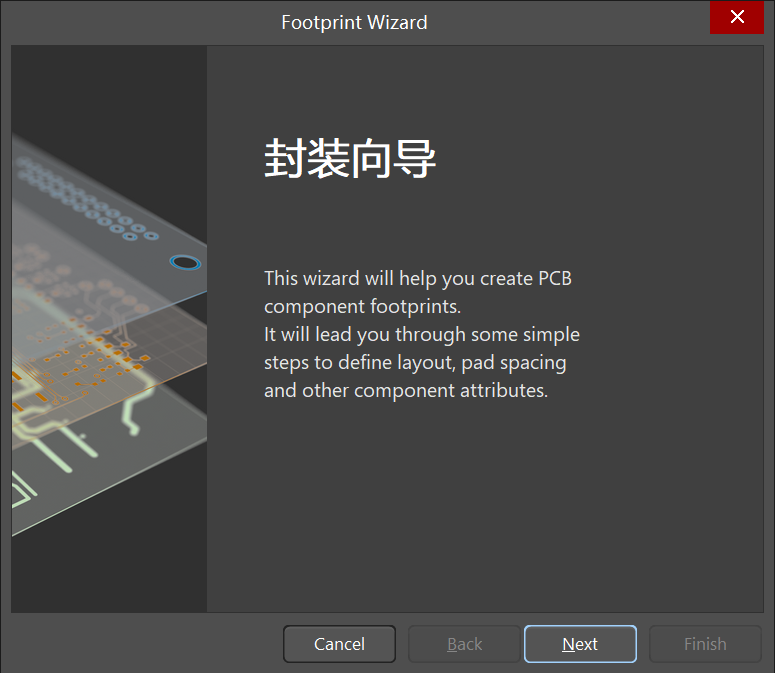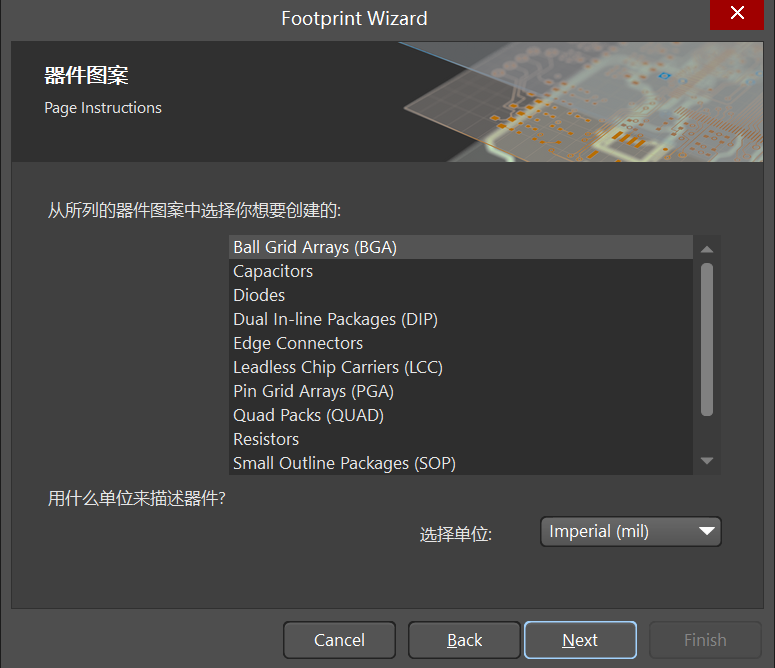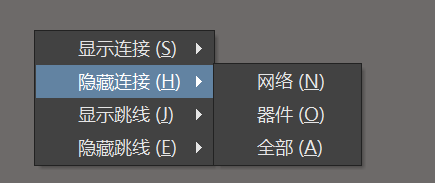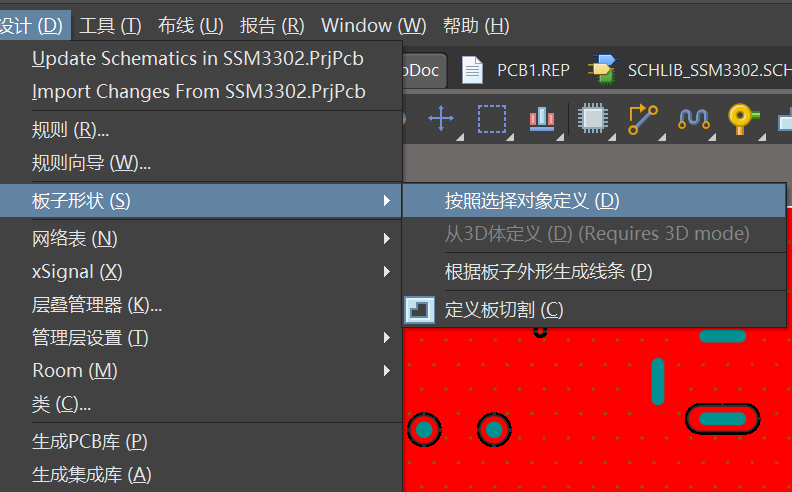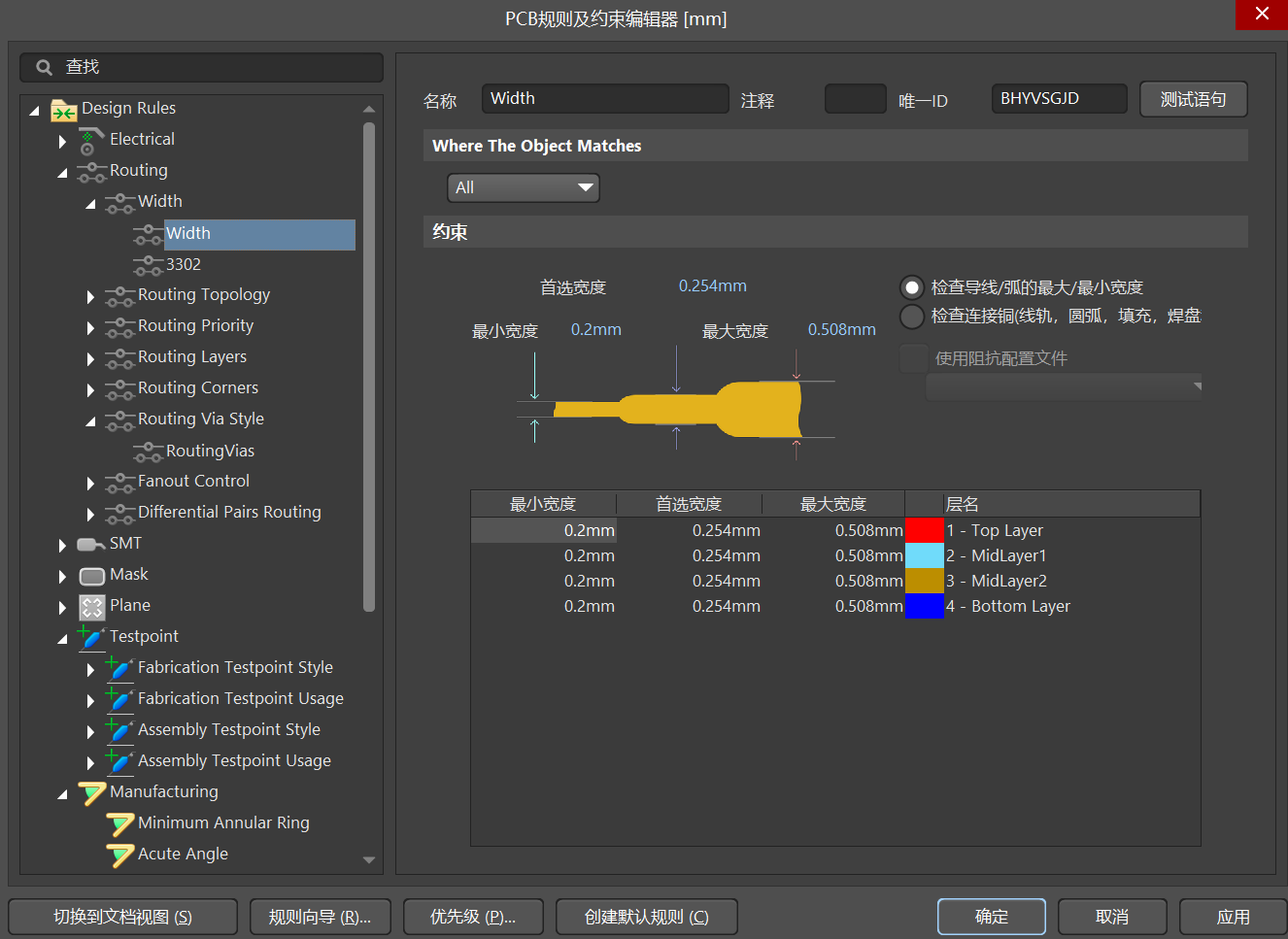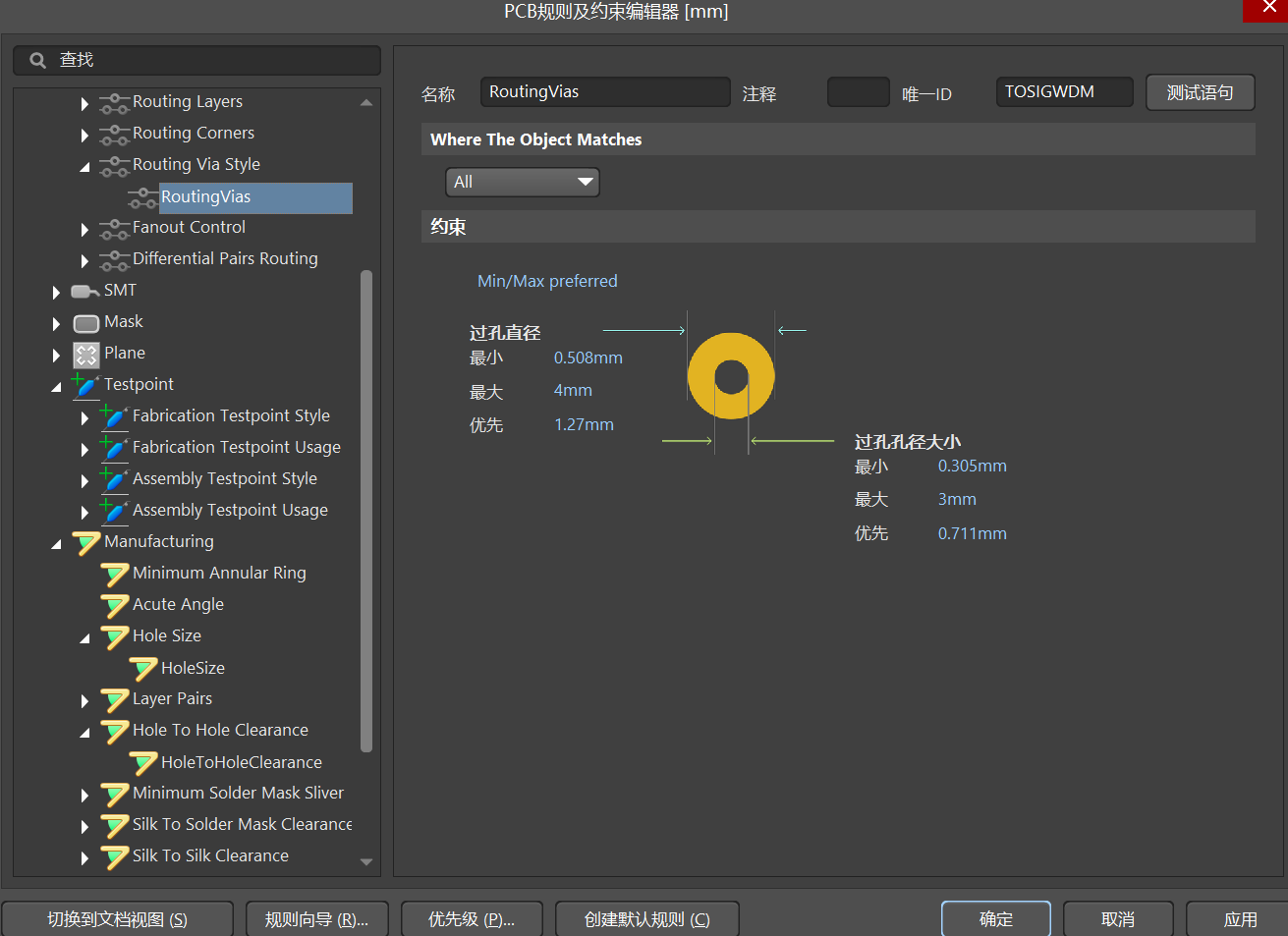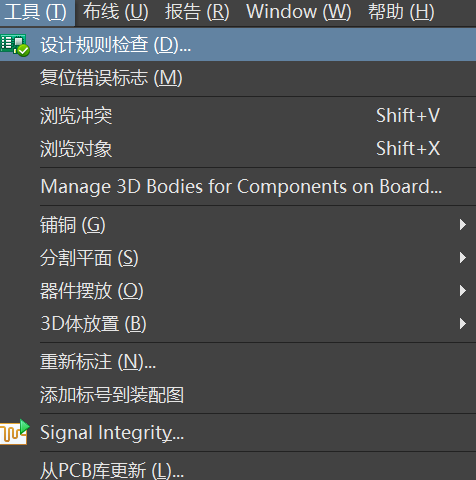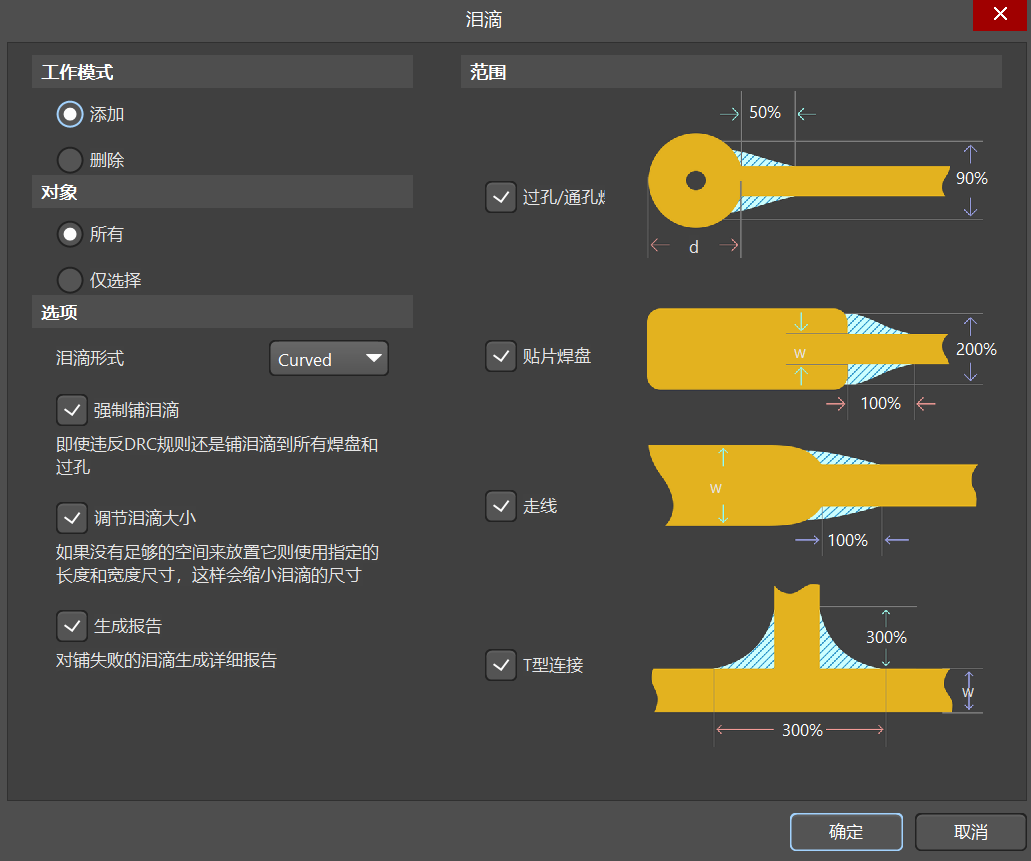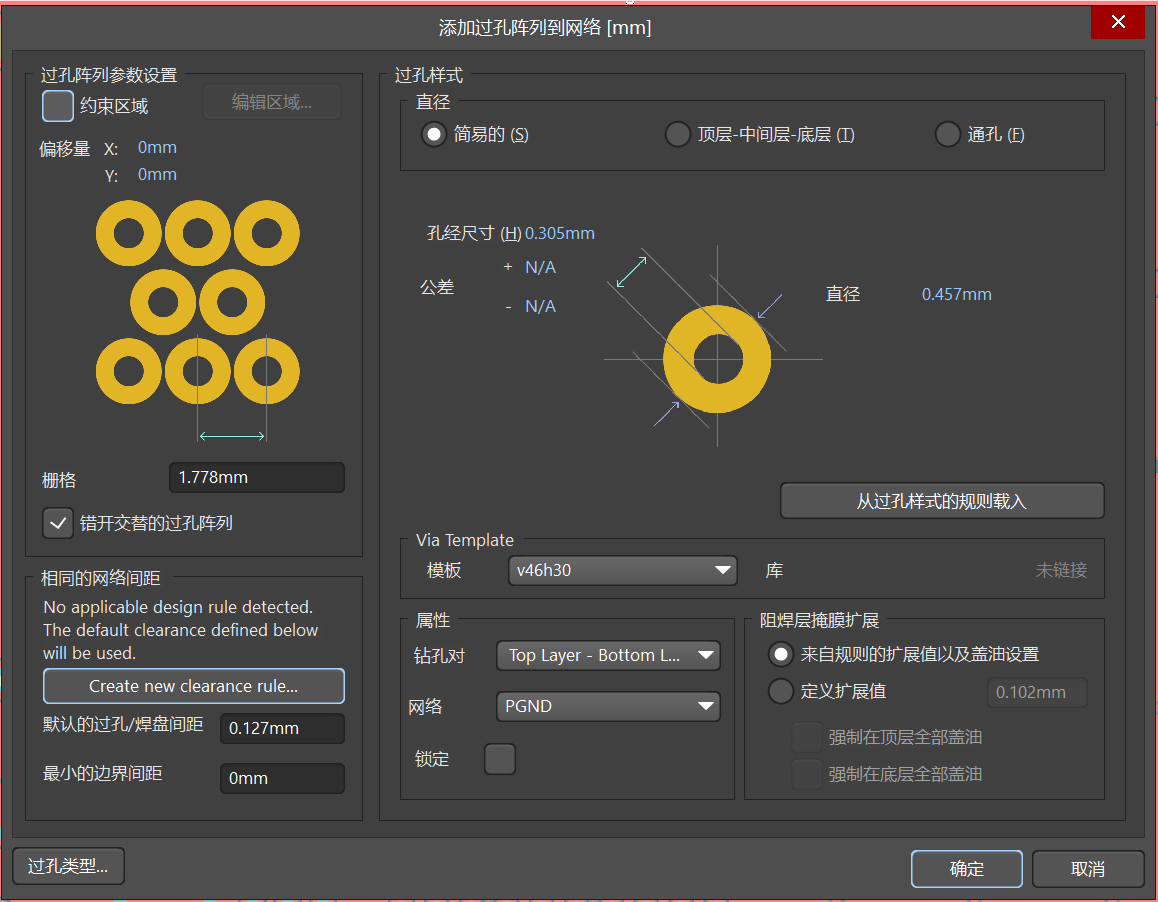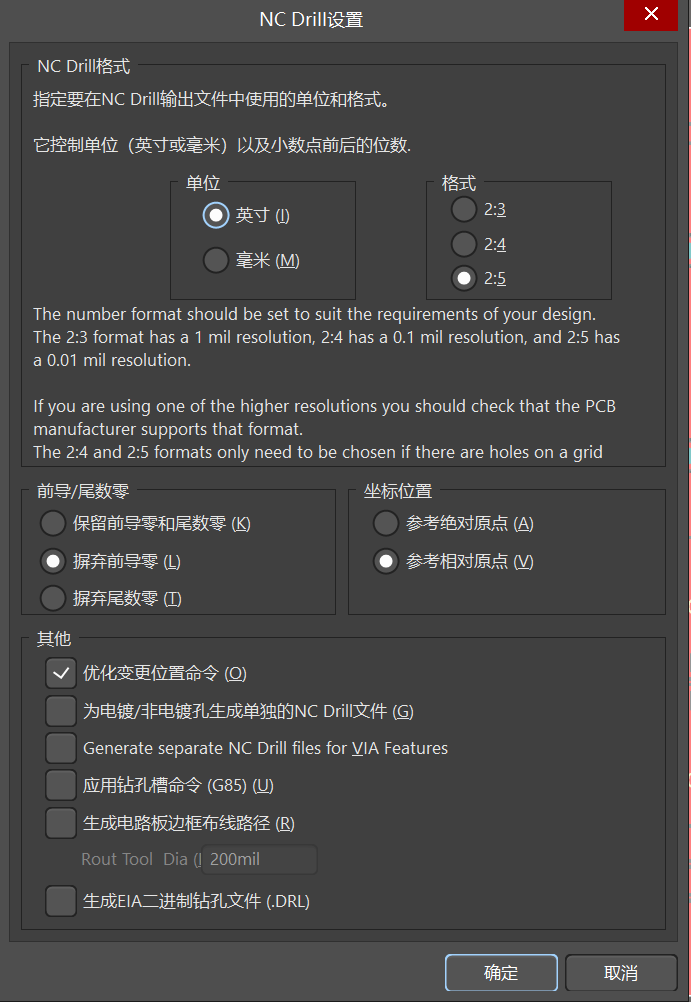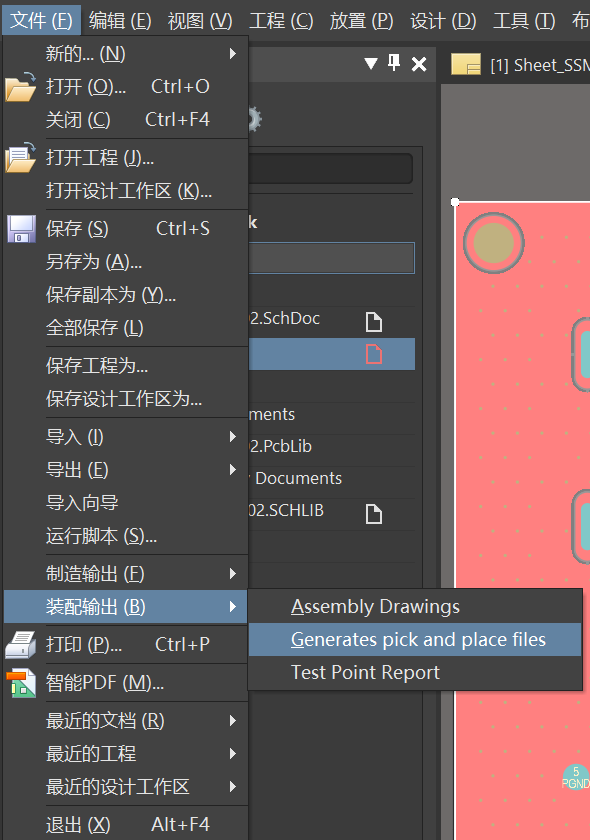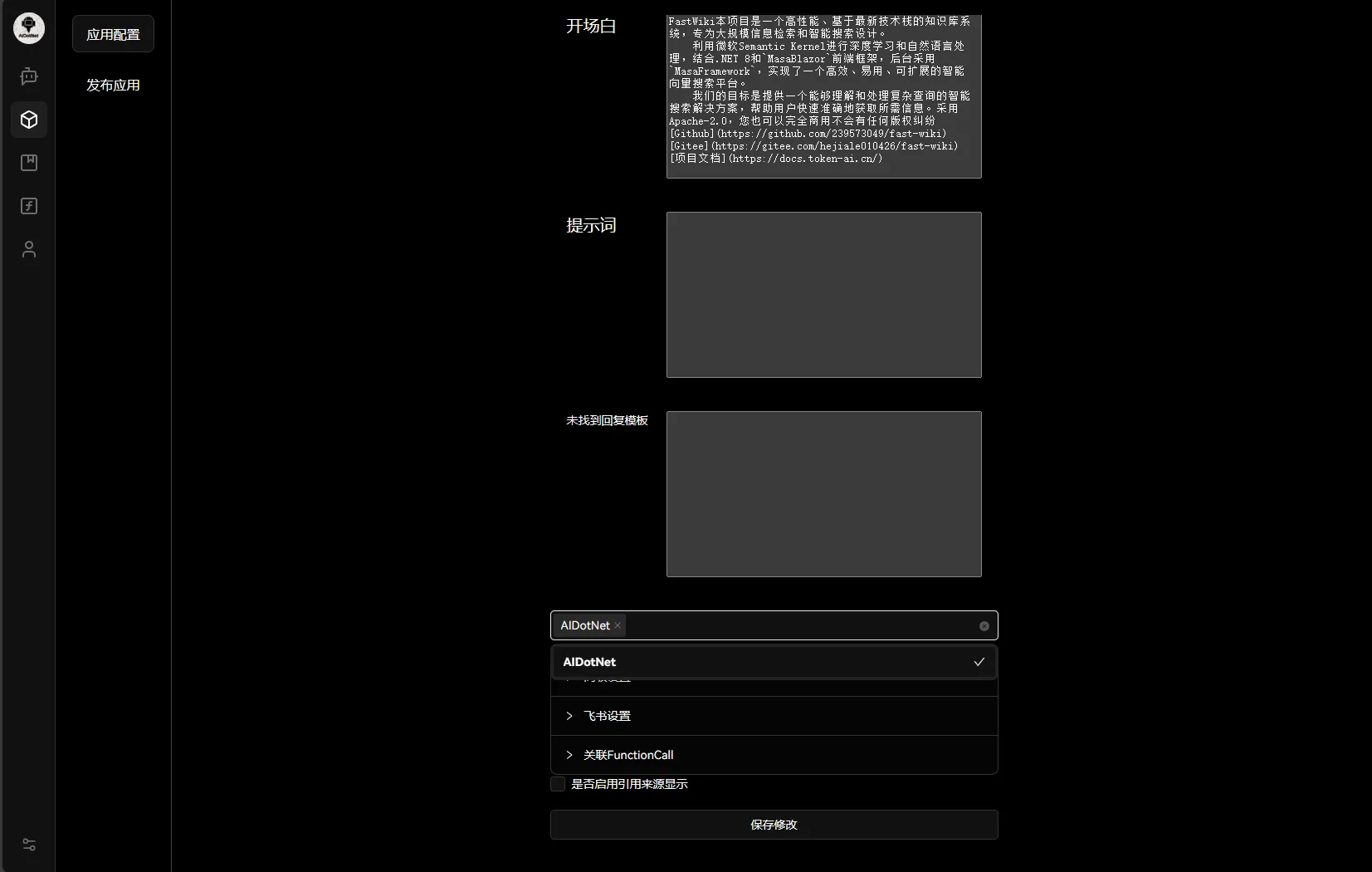前面我们通过两篇文章:
BGE M3-Embedding 模型介绍
和
Sparse稀疏检索介绍与实践
介绍了sparse 稀疏检索,今天我们来看看如何建立一个工程化的系统来实现sparse vec的检索。
之前提过milvus最新的V2.4支持sparse检索,我们先看看milvus的实现。
milvus的sparse检索实现
milvus 检索底层引擎是knowhere,主要代码在
src/index/sparse
里。
首先,通过数据结构SparseRow,用于表示稀疏向量,支持浮点数(float)类型的数据
class SparseRow {
static_assert(std::is_same_v<T, fp32>, "SparseRow supports float only");
public:
// construct an SparseRow with memory allocated to hold `count` elements.
SparseRow(size_t count = 0)
: data_(count ? new uint8_t[count * element_size()] : nullptr), count_(count), own_data_(true) {
}
SparseRow(size_t count, uint8_t* data, bool own_data) : data_(data), count_(count), own_data_(own_data) {
}
// copy constructor and copy assignment operator perform deep copy
SparseRow(const SparseRow<T>& other) : SparseRow(other.count_) {
std::memcpy(data_, other.data_, data_byte_size());
}
SparseRow(SparseRow<T>&& other) noexcept : SparseRow() {
swap(*this, other);
}
SparseRow&
operator=(const SparseRow<T>& other) {
if (this != &other) {
SparseRow<T> tmp(other);
swap(*this, tmp);
}
return *this;
}
SparseRow&
operator=(SparseRow<T>&& other) noexcept {
swap(*this, other);
return *this;
}
~SparseRow() {
if (own_data_ && data_ != nullptr) {
delete[] data_;
data_ = nullptr;
}
}
size_t
size() const {
return count_;
}
size_t
memory_usage() const {
return data_byte_size() + sizeof(*this);
}
// return the number of bytes used by the underlying data array.
size_t
data_byte_size() const {
return count_ * element_size();
}
void*
data() {
return data_;
}
const void*
data() const {
return data_;
}
// dim of a sparse vector is the max index + 1, or 0 for an empty vector.
int64_t
dim() const {
if (count_ == 0) {
return 0;
}
auto* elem = reinterpret_cast<const ElementProxy*>(data_) + count_ - 1;
return elem->index + 1;
}
SparseIdVal<T>
operator[](size_t i) const {
auto* elem = reinterpret_cast<const ElementProxy*>(data_) + i;
return {elem->index, elem->value};
}
void
set_at(size_t i, table_t index, T value) {
auto* elem = reinterpret_cast<ElementProxy*>(data_) + i;
elem->index = index;
elem->value = value;
}
float
dot(const SparseRow<T>& other) const {
float product_sum = 0.0f;
size_t i = 0;
size_t j = 0;
// TODO: improve with _mm_cmpistrm or the AVX512 alternative.
while (i < count_ && j < other.count_) {
auto* left = reinterpret_cast<const ElementProxy*>(data_) + i;
auto* right = reinterpret_cast<const ElementProxy*>(other.data_) + j;
if (left->index < right->index) {
++i;
} else if (left->index > right->index) {
++j;
} else {
product_sum += left->value * right->value;
++i;
++j;
}
}
return product_sum;
}
friend void
swap(SparseRow<T>& left, SparseRow<T>& right) {
using std::swap;
swap(left.count_, right.count_);
swap(left.data_, right.data_);
swap(left.own_data_, right.own_data_);
}
static inline size_t
element_size() {
return sizeof(table_t) + sizeof(T);
}
private:
// ElementProxy is used to access elements in the data_ array and should
// never be actually constructed.
struct __attribute__((packed)) ElementProxy {
table_t index;
T value;
ElementProxy() = delete;
ElementProxy(const ElementProxy&) = delete;
};
// data_ must be sorted by column id. use raw pointer for easy mmap and zero
// copy.
uint8_t* data_;
size_t count_;
bool own_data_;
};
然后索引具体是在
InvertedIndex
类里, 对应
sparse_inverted_index.h
文件,首先看定义的一些private 字段。
std::vector<SparseRow<T>> raw_data_;
mutable std::shared_mutex mu_;
std::unordered_map<table_t, std::vector<SparseIdVal<T>>> inverted_lut_;
bool use_wand_ = false;
// If we want to drop small values during build, we must first train the
// index with all the data to compute value_threshold_.
bool drop_during_build_ = false;
// when drop_during_build_ is true, any value smaller than value_threshold_
// will not be added to inverted_lut_. value_threshold_ is set to the
// drop_ratio_build-th percentile of all absolute values in the index.
T value_threshold_ = 0.0f;
std::unordered_map<table_t, T> max_in_dim_;
size_t max_dim_ = 0;
- raw_data_ 是原始的数据
- inverted_lut_ 可以理解为一个倒排表
- use_wand_ 用于控制查询时,是否使用WAND算法,WAND算法是经典的查询优化算法,可以通过类似跳表的方式跳过一些数据,减少计算量,提升查询效率
- max_in_dim_ 是为wand服务的
索引构建流程
构建,主要是对外提供一个Add数据的方法:
Status
Add(const SparseRow<T>* data, size_t rows, int64_t dim) {
std::unique_lock<std::shared_mutex> lock(mu_);
auto current_rows = n_rows_internal();
if (current_rows > 0 && drop_during_build_) {
LOG_KNOWHERE_ERROR_ << "Not allowed to add data to a built index with drop_ratio_build > 0.";
return Status::invalid_args;
}
if ((size_t)dim > max_dim_) {
max_dim_ = dim;
}
raw_data_.insert(raw_data_.end(), data, data + rows);
for (size_t i = 0; i < rows; ++i) {
add_row_to_index(data[i], current_rows + i);
}
return Status::success;
}
这里会更新数据的max_dim,数据追加到raw_data_,然后add_row_to_index,将新的doc放入inverted_lut_, 并更新max_in_dim_,用于记录最大值,方便wand查询时跳过计算。
inline void
add_row_to_index(const SparseRow<T>& row, table_t id) {
for (size_t j = 0; j < row.size(); ++j) {
auto [idx, val] = row[j];
// Skip values close enough to zero(which contributes little to
// the total IP score).
if (drop_during_build_ && fabs(val) < value_threshold_) {
continue;
}
if (inverted_lut_.find(idx) == inverted_lut_.end()) {
inverted_lut_[idx];
if (use_wand_) {
max_in_dim_[idx] = 0;
}
}
inverted_lut_[idx].emplace_back(id, val);
if (use_wand_) {
max_in_dim_[idx] = std::max(max_in_dim_[idx], val);
}
}
}
索引保存与load
保存时,是自定义的二进制文件:
Status
Save(MemoryIOWriter& writer) {
/**
* zero copy is not yet implemented, now serializing in a zero copy
* compatible way while still copying during deserialization.
*
* Layout:
*
* 1. int32_t rows, sign indicates whether to use wand
* 2. int32_t cols
* 3. for each row:
* 1. int32_t len
* 2. for each non-zero value:
* 1. table_t idx
* 2. T val
* With zero copy deserization, each SparseRow object should
* reference(not owning) the memory address of the first element.
*
* inverted_lut_ and max_in_dim_ not serialized, they will be
* constructed dynamically during deserialization.
*
* Data are densly packed in serialized bytes and no padding is added.
*/
std::shared_lock<std::shared_mutex> lock(mu_);
writeBinaryPOD(writer, n_rows_internal() * (use_wand_ ? 1 : -1));
writeBinaryPOD(writer, n_cols_internal());
writeBinaryPOD(writer, value_threshold_);
for (size_t i = 0; i < n_rows_internal(); ++i) {
auto& row = raw_data_[i];
writeBinaryPOD(writer, row.size());
if (row.size() == 0) {
continue;
}
writer.write(row.data(), row.size() * SparseRow<T>::element_size());
}
return Status::success;
}
索引文件格式:
注意,这里
inverted_lut_
倒排表是没有存储的,是在加载的时候重建,所以load的过程,就是一个逆过程:
Status
Load(MemoryIOReader& reader) {
std::unique_lock<std::shared_mutex> lock(mu_);
int64_t rows;
readBinaryPOD(reader, rows);
use_wand_ = rows > 0;
rows = std::abs(rows);
readBinaryPOD(reader, max_dim_);
readBinaryPOD(reader, value_threshold_);
raw_data_.reserve(rows);
for (int64_t i = 0; i < rows; ++i) {
size_t count;
readBinaryPOD(reader, count);
raw_data_.emplace_back(count);
if (count == 0) {
continue;
}
reader.read(raw_data_[i].data(), count * SparseRow<T>::element_size());
add_row_to_index(raw_data_[i], i);
}
return Status::success;
}
检索流程
我们来回顾,compute_lexical_matching_score其实就是计算共同term的weight score相乘,然后加起来,所以可以想象下,暴力检索大概就是把所有term对应的doc取并集,然后计算lexical_matching_score,最后取topk。
我们来看milvus的实现,先看暴力检索:
// find the top-k candidates using brute force search, k as specified by the capacity of the heap.
// any value in q_vec that is smaller than q_threshold and any value with dimension >= n_cols() will be ignored.
// TODO: may switch to row-wise brute force if filter rate is high. Benchmark needed.
void
search_brute_force(const SparseRow<T>& q_vec, T q_threshold, MaxMinHeap<T>& heap, const BitsetView& bitset) const {
auto scores = compute_all_distances(q_vec, q_threshold);
for (size_t i = 0; i < n_rows_internal(); ++i) {
if ((bitset.empty() || !bitset.test(i)) && scores[i] != 0) {
heap.push(i, scores[i]);
}
}
}
std::vector<float>
compute_all_distances(const SparseRow<T>& q_vec, T q_threshold) const {
std::vector<float> scores(n_rows_internal(), 0.0f);
for (size_t idx = 0; idx < q_vec.size(); ++idx) {
auto [i, v] = q_vec[idx];
if (v < q_threshold || i >= n_cols_internal()) {
continue;
}
auto lut_it = inverted_lut_.find(i);
if (lut_it == inverted_lut_.end()) {
continue;
}
// TODO: improve with SIMD
auto& lut = lut_it->second;
for (size_t j = 0; j < lut.size(); j++) {
auto [idx, val] = lut[j];
scores[idx] += v * float(val);
}
}
return scores;
}
- 核心在
compute_all_distances
里,先通过q_vec得到每一个term id,然后从inverted_lut_里找到term对应的doc list,然后计算score,相同doc id的score累加
- 最后用MaxMinHeap堆,来取topk
暴力检索能保准精准性,但是效率比较低。我们来看使用wand优化的检索:
// any value in q_vec that is smaller than q_threshold will be ignored.
void
search_wand(const SparseRow<T>& q_vec, T q_threshold, MaxMinHeap<T>& heap, const BitsetView& bitset) const {
auto q_dim = q_vec.size();
std::vector<std::shared_ptr<Cursor<std::vector<SparseIdVal<T>>>>> cursors(q_dim);
auto valid_q_dim = 0;
// 倒排链
for (size_t i = 0; i < q_dim; ++i) {
// idx(term_id)
auto [idx, val] = q_vec[i];
if (std::abs(val) < q_threshold || idx >= n_cols_internal()) {
continue;
}
auto lut_it = inverted_lut_.find(idx);
if (lut_it == inverted_lut_.end()) {
continue;
}
auto& lut = lut_it->second;
// max_in_dim_ 记录了term index 的最大score
cursors[valid_q_dim++] = std::make_shared<Cursor<std::vector<SparseIdVal<T>>>>(
lut, n_rows_internal(), max_in_dim_.find(idx)->second * val, val, bitset);
}
if (valid_q_dim == 0) {
return;
}
cursors.resize(valid_q_dim);
auto sort_cursors = [&cursors] {
std::sort(cursors.begin(), cursors.end(),
[](auto& x, auto& y) { return x->cur_vec_id() < y->cur_vec_id(); });
};
sort_cursors();
// 堆未满,或者新的score > 堆顶的score
auto score_above_threshold = [&heap](float x) { return !heap.full() || x > heap.top().val; };
while (true) {
// 上边界
float upper_bound = 0;
// pivot 满足条件的倒排链的序号
size_t pivot;
bool found_pivot = false;
for (pivot = 0; pivot < cursors.size(); ++pivot) {
// 有倒排结束
if (cursors[pivot]->is_end()) {
break;
}
upper_bound += cursors[pivot]->max_score();
if (score_above_threshold(upper_bound)) {
found_pivot = true;
break;
}
}
if (!found_pivot) {
break;
}
// 找到满足upper_bound 满足条件的pivot_id
table_t pivot_id = cursors[pivot]->cur_vec_id();
// 如果第一个倒排链的当前vec_id (doc_id) 等于pivot_id,可以直接从第0个倒排链开始,计算score
if (pivot_id == cursors[0]->cur_vec_id()) {
float score = 0;
// 遍历所有cursors,累加score
for (auto& cursor : cursors) {
if (cursor->cur_vec_id() != pivot_id) {
break;
}
score += cursor->cur_distance() * cursor->q_value();
// 倒排链移到下一位
cursor->next();
}
// 放入堆
heap.push(pivot_id, score);
// 重排cursors,保证最小的vec_id在最前面
sort_cursors();
} else {
// 第一个倒排链的当前vec_id不等于pivot_id, pivot>=1
// 那么从pivot(满足threshold的倒排链序号)往前找是否有cur_vec_id==pivot_id的
size_t next_list = pivot;
for (; cursors[next_list]->cur_vec_id() == pivot_id; --next_list) {
}
// 这里的next_list的cur_vec_id 不一定等与pivot_id,将list seek到pivot_id
// seek后,cursors[next_list].cur_vec_id() >= pivot_id,通过seek,可以跳过一些vec id
cursors[next_list]->seek(pivot_id);
// 从next_list + 1开始
for (size_t i = next_list + 1; i < cursors.size(); ++i) {
// 如果当前cur_vec_id >= 上一个则停止
if (cursors[i]->cur_vec_id() >= cursors[i - 1]->cur_vec_id()) {
break;
}
// 否则,交换倒排链,可以确保==pivot_id的倒排链交换到前面
std::swap(cursors[i], cursors[i - 1]);
}
}
}
}
- 首先是倒排链取出来放入cursors,然后对cursors按照vec_id排序,将vec_id较小的排到倒排链的首位
- 通过score_above_threshold,遍历cursors找符合条件的cursor 索引号pivot,这里通过
堆未满,或者新的score > 堆顶的score
来判断,可以跳过一些score小的
- 然后找到pivot cursor对应的pivot_id,也就是doc id,然后判断第一个倒排链的cur_vec_id 是否等于pivot_id:
- 如果等于,就可以遍历倒排链,计算pivot_id的score,然后放入小顶堆中排序,然后重排倒排链
- 如果不等于,那么就需要想办法将cur_vec_id == pivot_id的往前放,同时跳过倒排链中vec_id < cur_vec_id的数据(减枝)
用golang实现轻量级sparse vec检索
用类似milvus的方法,我们简单实现一个golang版本的
package main
import (
"container/heap"
"encoding/binary"
"fmt"
"io"
"math/rand"
"os"
"sort"
"time"
)
type Cursor struct {
docIDs []int32
weights []float64
maxScore float64
termWeight float64
currentIdx int
}
func NewCursor(docIDs []int32, weights []float64, maxScore float64, weight float64) *Cursor {
return &Cursor{
docIDs: docIDs,
weights: weights,
maxScore: maxScore,
termWeight: weight,
currentIdx: 0,
}
}
func (c *Cursor) Next() {
c.currentIdx++
}
func (c *Cursor) Seek(docId int32) {
for {
if c.IsEnd() {
break
}
if c.CurrentDocID() < docId {
c.Next()
} else {
break
}
}
}
func (c *Cursor) IsEnd() bool {
return c.currentIdx >= len(c.docIDs)
}
func (c *Cursor) CurrentDocID() int32 {
return c.docIDs[c.currentIdx]
}
func (c *Cursor) CurrentDocWeight() float64 {
return c.weights[c.currentIdx]
}
// DocVectors type will map docID to its vector
type DocVectors map[int32]map[int32]float64
// InvertedIndex type will map termID to sorted list of docIDs
type InvertedIndex map[int32][]int32
// TermMaxScore will keep track of maximum scores for terms
type TermMaxScores map[int32]float64
// SparseIndex class struct
type SparseIndex struct {
docVectors DocVectors
invertedIndex InvertedIndex
termMaxScores TermMaxScores
dim int32
}
// NewSparseIndex initializes a new SparseIndex with empty structures
func NewSparseIndex() *SparseIndex {
return &SparseIndex{
docVectors: make(DocVectors),
invertedIndex: make(InvertedIndex),
termMaxScores: make(TermMaxScores),
dim: 0,
}
}
// Add method for adding documents to the sparse index
func (index *SparseIndex) Add(docID int32, vec map[int32]float64) {
index.docVectors[docID] = vec
for termID, score := range vec {
index.invertedIndex[termID] = append(index.invertedIndex[termID], docID)
// Track max score for each term
if maxScore, ok := index.termMaxScores[termID]; !ok || score > maxScore {
index.termMaxScores[termID] = score
}
if termID > index.dim {
index.dim = termID
}
}
}
// Save index to file
func (index *SparseIndex) Save(filename string) error {
file, err := os.Create(filename)
if err != nil {
return err
}
defer file.Close()
// Write the dimension
binary.Write(file, binary.LittleEndian, index.dim)
// Write each document vector
for docID, vec := range index.docVectors {
binary.Write(file, binary.LittleEndian, docID)
vecSize := int32(len(vec))
binary.Write(file, binary.LittleEndian, vecSize)
for termID, score := range vec {
binary.Write(file, binary.LittleEndian, termID)
binary.Write(file, binary.LittleEndian, score)
}
}
return nil
}
// Load index from file
func (index *SparseIndex) Load(filename string) error {
file, err := os.Open(filename)
if err != nil {
return err
}
defer file.Close()
var dim int32
binary.Read(file, binary.LittleEndian, &dim)
index.dim = dim
for {
var docID int32
err := binary.Read(file, binary.LittleEndian, &docID)
if err == io.EOF {
break // End of file
} else if err != nil {
return err // Some other error
}
var vecSize int32
binary.Read(file, binary.LittleEndian, &vecSize)
vec := make(map[int32]float64)
for i := int32(0); i < vecSize; i++ {
var termID int32
var score float64
binary.Read(file, binary.LittleEndian, &termID)
binary.Read(file, binary.LittleEndian, &score)
vec[termID] = score
}
index.Add(docID, vec) // Rebuild the index
}
return nil
}
func (index *SparseIndex) bruteSearch(queryVec map[int32]float64, K int) []int32 {
scores := computeAllDistances(queryVec, index)
// 取top k
docHeap := &DocScoreHeap{}
for docID, score := range scores {
if docHeap.Len() < K {
heap.Push(docHeap, &DocScore{docID, score})
} else if (*docHeap)[0].score < score {
heap.Pop(docHeap)
heap.Push(docHeap, &DocScore{docID, score})
}
}
topDocs := make([]int32, 0, K)
for docHeap.Len() > 0 {
el := heap.Pop(docHeap).(*DocScore)
topDocs = append(topDocs, el.docID)
}
sort.Slice(topDocs, func(i, j int) bool {
return topDocs[i] < topDocs[j]
})
return topDocs
}
func computeAllDistances(queryVec map[int32]float64, index *SparseIndex) map[int32]float64 {
scores := make(map[int32]float64)
for term, qWeight := range queryVec {
if postingList, exists := index.invertedIndex[term]; exists {
for _, docID := range postingList {
docVec := index.docVectors[docID]
docWeight, exists := docVec[term]
if !exists {
continue
}
score := qWeight * docWeight
if _, ok := scores[docID]; !ok {
scores[docID] = score
} else {
scores[docID] += score
}
}
}
}
return scores
}
// TopK retrieves the top K documents nearest to the query vector
func (index *SparseIndex) WandSearch(queryVec map[int32]float64, K int) []int32 {
docHeap := &DocScoreHeap{}
// 倒排链
postingLists := make([]*Cursor, len(queryVec))
idx := 0
for term, termWeight := range queryVec {
if postingList, exists := index.invertedIndex[term]; exists {
// 包含term的doc,term对应的weight
weights := make([]float64, len(postingList))
for i, docID := range postingList {
weights[i] = index.docVectors[docID][term]
}
postingLists[idx] = NewCursor(postingList, weights, index.termMaxScores[term]*termWeight, termWeight)
idx += 1
}
}
sortPostings := func() {
for i := range postingLists {
if postingLists[i].IsEnd() {
return
}
}
// 将postingLists按照首个docid排序
sort.Slice(postingLists, func(i, j int) bool {
return postingLists[i].CurrentDocID() < postingLists[j].CurrentDocID()
})
}
sortPostings()
scoreAboveThreshold := func(value float64) bool {
return docHeap.Len() < K || (*docHeap)[0].score < value
}
for {
upperBound := 0.0
foundPivot := false
pivot := 0
for idx := range postingLists {
if postingLists[idx].IsEnd() {
break
}
upperBound += postingLists[idx].maxScore
if scoreAboveThreshold(upperBound) {
foundPivot = true
pivot = idx
break
}
}
if !foundPivot {
break
}
// 找到满足upper_bound 满足条件的pivot_id
pivotId := postingLists[pivot].CurrentDocID()
if pivotId == postingLists[0].CurrentDocID() {
// 如果第一个倒排链的当前vec_id (doc_id) 等于pivot_id,可以直接从第0个倒排链开始,计算score
score := 0.0
// 遍历所有cursors,累加score
for idx := range postingLists {
cursor := postingLists[idx]
if cursor.CurrentDocID() != pivotId {
break
}
score += cursor.CurrentDocWeight() * cursor.termWeight
// 移到下一个docid
postingLists[idx].Next()
}
// 放入堆s
if docHeap.Len() < K {
heap.Push(docHeap, &DocScore{pivotId, score})
} else if (*docHeap)[0].score < score {
heap.Pop(docHeap)
heap.Push(docHeap, &DocScore{pivotId, score})
}
// 重排cursors,保证最小的vec_id在最前面
sortPostings()
} else {
// 第一个倒排链的当前vec_id不等于pivot_id, pivot>=1
// 那么从pivot(满足threshold的倒排链序号)往前找是否有cur_vec_id==pivot_id的
nextList := pivot
for ; postingLists[nextList].CurrentDocID() == pivotId; nextList-- {
}
// 这里的next_list的cur_vec_id 不一定等与pivot_id,将list seek到pivot_id
// seek后,cursors[next_list].cur_vec_id() >= pivot_id,通过seek,可以跳过一些vec id
postingLists[nextList].Seek(pivotId)
// 从next_list + 1开始
for i := nextList + 1; i < len(postingLists); i++ {
// 如果当前cur_vec_id >= 上一个则停止
if postingLists[i].CurrentDocID() >= postingLists[i-1].CurrentDocID() {
break
}
// 否则,交换倒排链,可以确保==pivot_id的倒排链交换到前面
temp := postingLists[i]
postingLists[i] = postingLists[i-1]
postingLists[i-1] = temp
}
}
}
topDocs := make([]int32, 0, K)
for docHeap.Len() > 0 {
el := heap.Pop(docHeap).(*DocScore)
topDocs = append(topDocs, el.docID)
}
sort.Slice(topDocs, func(i, j int) bool {
return topDocs[i] < topDocs[j]
})
return topDocs
}
// Helper structure to manage the priority queue for the top-K documents
type DocScore struct {
docID int32
score float64
}
type DocScoreHeap []*DocScore
func (h DocScoreHeap) Len() int { return len(h) }
func (h DocScoreHeap) Less(i, j int) bool { return h[i].score < h[j].score }
func (h DocScoreHeap) Swap(i, j int) { h[i], h[j] = h[j], h[i] }
func (h *DocScoreHeap) Push(x interface{}) {
*h = append(*h, x.(*DocScore))
}
func (h *DocScoreHeap) Pop() interface{} {
old := *h
n := len(old)
x := old[n-1]
*h = old[0 : n-1]
return x
}
func main() {
index := NewSparseIndex()
rand.Seed(time.Now().UnixNano())
// Add document vectors as needed
for i := 1; i <= 1000; i++ {
// 打印当前i的值
index.Add(int32(i), map[int32]float64{101: rand.Float64(),
150: rand.Float64(),
190: rand.Float64(),
500: rand.Float64()})
}
//index.Save("index.bin")
//index.Load("index.bin")
topDocs := index.WandSearch(map[int32]float64{101: rand.Float64(), 150: rand.Float64(), 190: rand.Float64(),
500: rand.Float64()}, 10)
fmt.Println("Top Docs:", topDocs)
}
- 代码实现了索引的构建、保存和加载,检索方面实现了暴力检索和WAND检索
- 注意,添加doc时,需要保障doc有序,实际应用中,docid可以引擎维护一个真实id到递增docid的映射
- 代码中已经有注释,这里不再赘述,注意代码未充分调试,可能有bug
- 代码实现倒排表全放到内存,效率高,但对内存要求高
总结
sparse 检索整体类似传统的文本检索,因此传统的工程优化方法可以运用到sparse检索中,本文分析了milvus的实现,并实现了一个golang版本的sparse检索。






